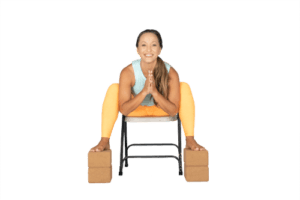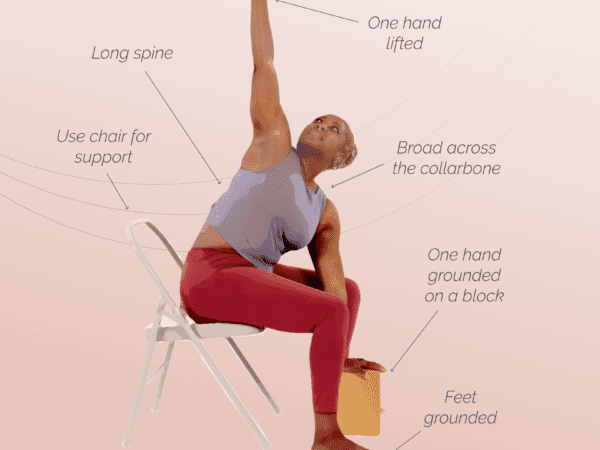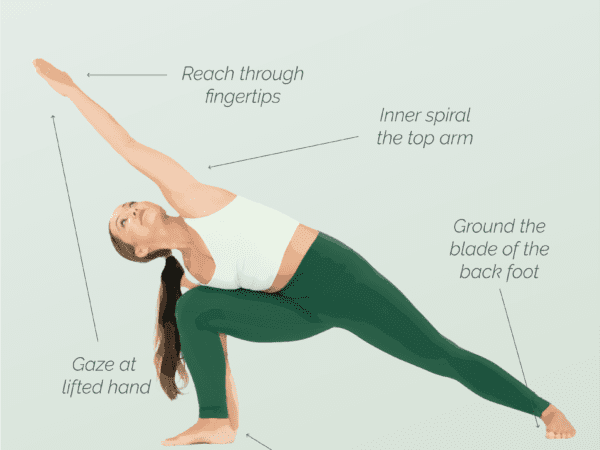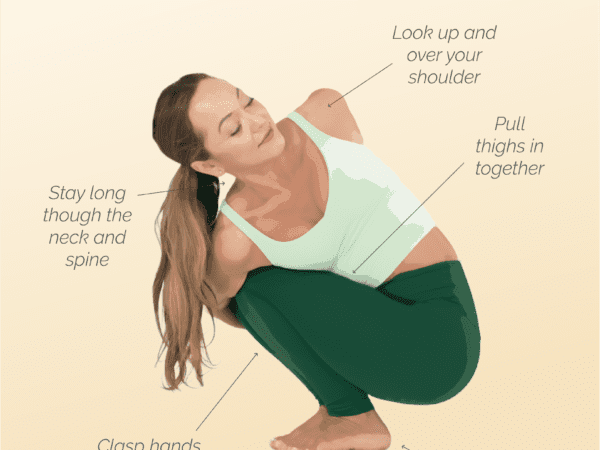Malasana, also known as garland pose, is a grounding and strengthening pose that is often practiced in yoga classes. This common pose helps to improve the flexibility of the hips, thighs and ankles while also stimulating the digestive system and can be part of any yogi practice. In this article, we’ll be diving into the steps and tips for how to do malasana, as well as the benefits of the pose and any contraindications to be aware of. Whether you are new to yoga or have been practicing for years, malasana is a pose that can be accessible and beneficial for all levels. So, let’s get started!
What are the benefits of doing malasana?
Practicing malasana provides you with many benefits, including:
1. Strengthens the lower body- Malasana is an excellent pose for strengthening the lower back, hips, and thighs, as the pose requires the practitioner to hold the weight of the body on the legs.
2. Improves digestion- Practicing Malasana regularly helps to improve digestion by stimulating the abdominal organs and increasing blood flow to the digestive system.
3. Increases flexibility- Malasana helps to increase flexibility in the hips, groin, and spine, making it easier to perform other yoga poses.
4. Relieves stress- This pose is excellent for calming the mind and relieving stress and tension in the body.
5. Prepares the body for childbirth- Malasana is often recommended as apreparatory pose for childbirth, as it helps to open the hips and strengthens the lower body.
What are the contraindications of malasana?
However, as with any yoga pose, there are some contraindications to be aware of. Malasana is not recommended for individuals with knee injuries or chronic knee pain, as it places a lot of pressure on the knees. Additionally, individuals with lower back pain should be cautious and may need to modify the pose to avoid exacerbating their condition. Later we’ll look at some variations you can use for this pose.
Now that we’ve covered the benefits and contraindications of malasana, let’s dive into how to do the pose.
How to do malasana
Garland pose is a great pose for beginners and advanced yogis alike. Let’s look at the instructions for malasana.
1. Begin standing at the front of your mat with your feet hip-distance apart.
2. Bend your knees and lower your hips towards the ground, coming into a squat position.
3. Bring your palms together at your heart center and use your elbows to gently push your knees apart.
4. Keep your heels on the ground.
5. Engage your core muscles and lengthen your spine, taking deep breaths.
6. Hold the pose for several breaths, then gently release.
Watch this video tutorial with Kino for more tips about the proper form when practicing malasana.
What modifications can be made to malasana?
Malasana, also known as garland Pose, is a deep squatting pose in yoga that has numerous benefits for the body and mind. While it may seem simple, it can be challenging for some individuals due to tightness or injuries. Fortunately, there are several modifications that can be made to make Malasana accessible to everyone.

Here are some of the modifications you can try:
1. Use props: If squatting with your feet flat on the floor is too difficult, you can place a folded blanket under your heels to provide support and increase stability. You can also stack two blocks on top of each other and sit on them in the pose until you have the leg and core strength to support yourself in a squat. You can also do the pose in a chair with blocks to support your feet.

2. Wide stance: If your hips are tight, try widening your stance by taking your feet further apart. This will allow you to squat deeper without compromising your alignment.
3. Use a wall: Stand with your back against a wall and lower yourself into malasana with your feet slightly away from the wall. This will provide support and help you maintain the correct alignment.
How often should I practice malasana?
The frequency of your malasana practice depends on various factors, such as your level of experience, physical abilities, and overall health. Generally, it is recommended to practice malasana at least 3-4 times a week for optimal benefits.
If you are new to yoga or have limited flexibility, you may want to start with a modified version of Malasana using props like blocks or blankets to support your knees and hips. Gradually work your way up to the full expression of the pose, but avoid pushing yourself too hard and listen to your body’s signals.
On the other hand, if you are an advanced practitioner or an athlete, you may incorporate Malasana into your daily workout routine to enhance your endurance, power, and agility. However, be mindful of any pain, discomfort, or injury that may arise and adjust your practice accordingly.
Remember to listen to your body and modify the pose as needed. With regular practice, Malasana can help to improve your flexibility, strengthen your lower body, and calm your mind. Happy practicing!
Join Omstars for access to thousands of on-demand yoga classes and daily LIVE classes with the best teachers in the world. Click here to start your subscription today.









